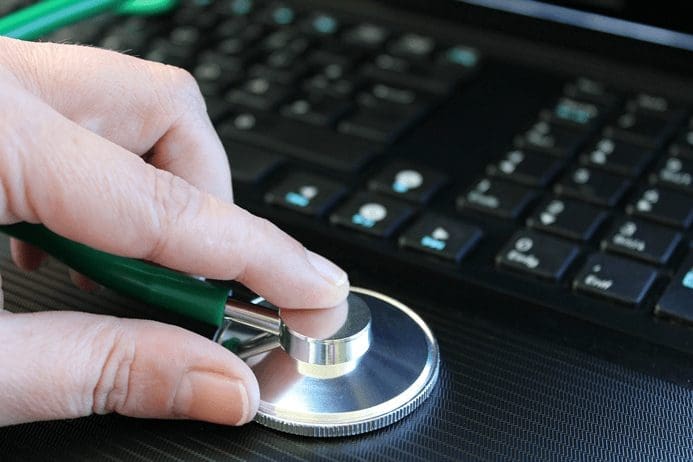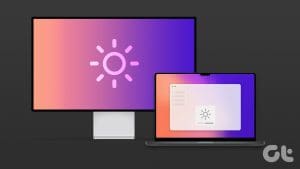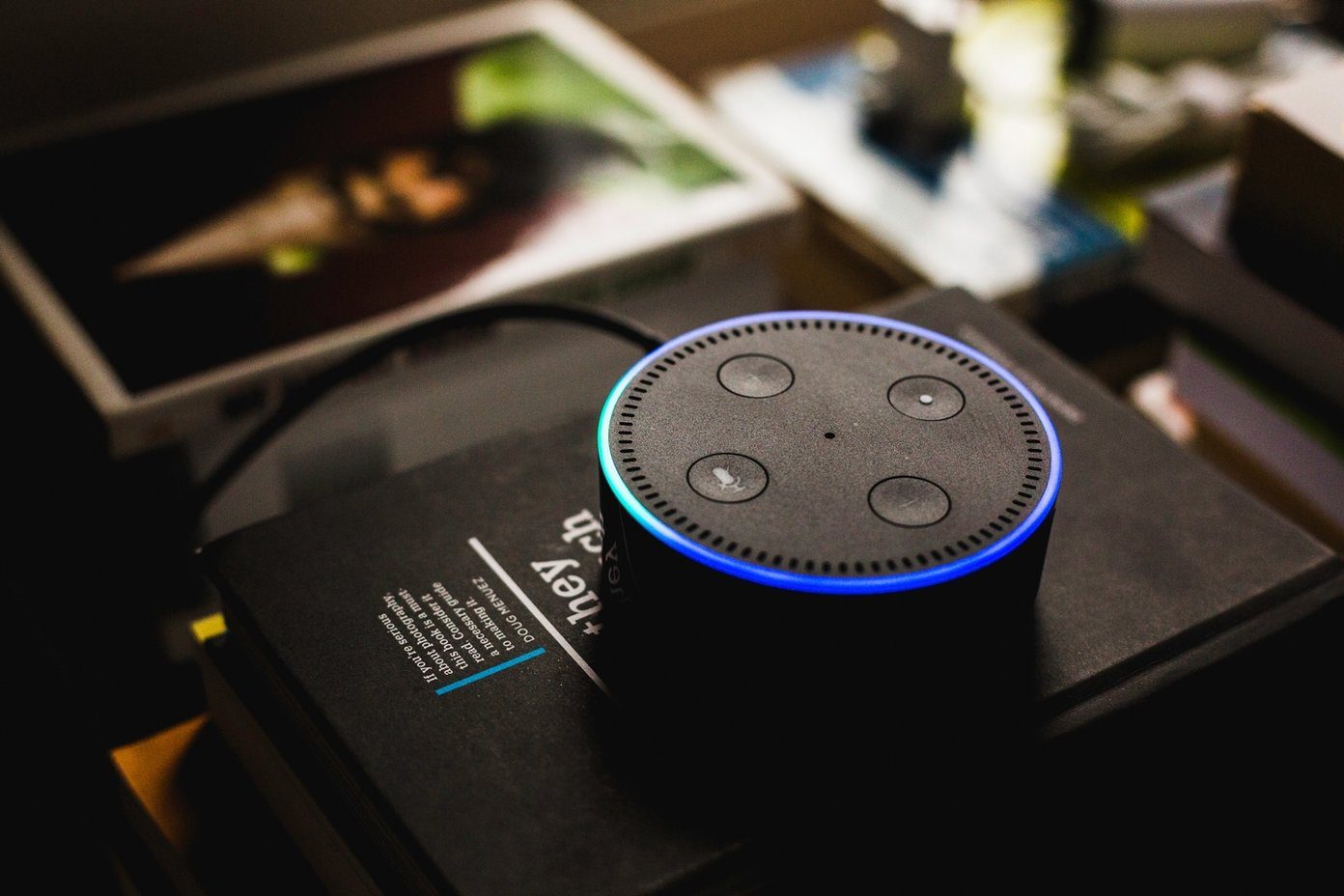Whether you run a podcast or like recording musical covers, you can probably benefit from live monitoring your audio input. That is, with the input turned on, the sounds you input are automatically fed through the output so you hear back the sounds as you’re making them. The effect is similar to using a microphone on stage and hearing the sound instantly pump through the speakers around you.

Having this feature is important for testing out your microphone’s volume level, the proximity to the speaker, audio quality and more. Perhaps you also just want to capture a bit more reverb. Here are two ways on the Mac to enable live monitoring for free.
Note: This will work for both your Mac’s built-in microphone as well as third-party microphone accessoriesDownload AudioMonitor
AudioMonitor is a free application for OS X that lets you monitor and edit the audio input coming into your Mac. You can download it at Softpedia. Note that it downloads as “MTCoreAudio” but for our intents and purposes, the application itself is AudioMonitor.
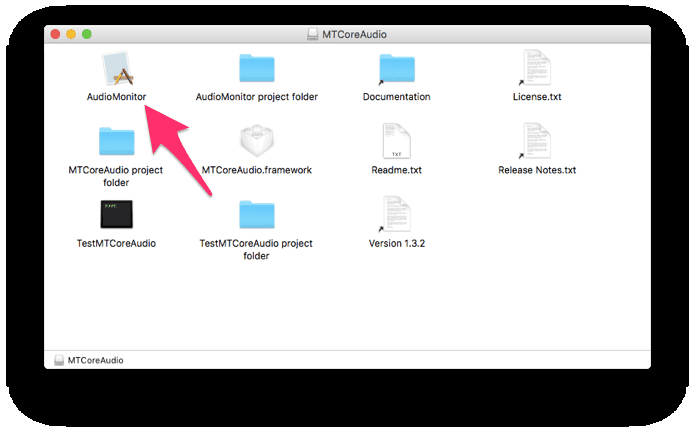
When you download the program, it’ll reveal itself as a package of contents. The only one you need to be interested in is AudioMonitor. Drag that icon over to the Applications folder on your Mac to install the program. Feel free to discard the rest.
Once you can launch AudioMonitor from Applications, you’ll notice it’s a very basic and lightweight app. Before you turn on live monitoring, make sure you select the proper input at the top. If you’re using your Mac’s microphone, keep the Built-In Microphone and Internal Microphone options selected. Otherwise, choose the name of your accessory in the drop down menu when it’s connected.

Also verify the output source is correct at the bottom. When you’re all set, click Play Through to turn on live monitoring. You can test it out by turning up the volume on your computer and speaking into the microphone. You should hear your own voice play back to you in realtime, which means live monitoring is working.
Use GarageBand
GarageBand is typically used for musical instruments and recording projects, but if you don’t want to download a new app, GarageBand also has a live monitoring feature. I prefer using AudioMonitor because it’s way more lightweight and straightforward, but GarageBand works fine too.
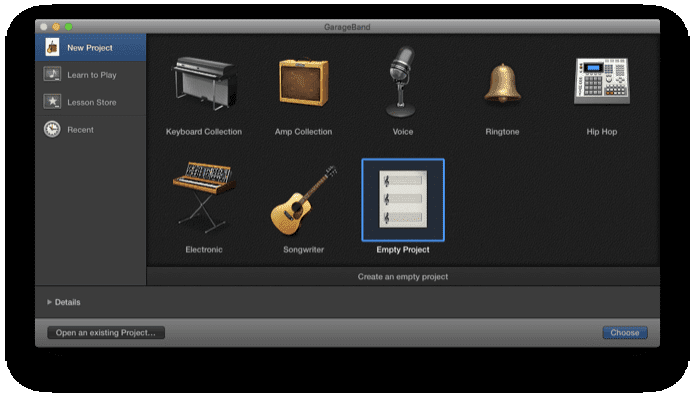
All you need to do is open GarageBand and make sure you’re starting on a blank slate, i.e. not opening a previously worked on file. For your new project, select Empty Project then click Choose.
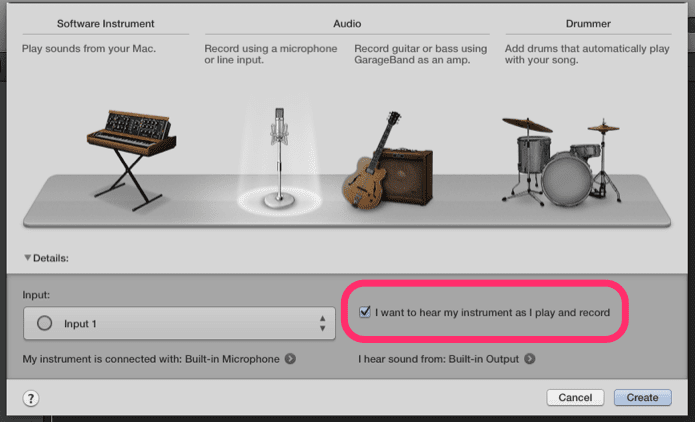
GarageBand will ask you about your input settings. Select Record using a microphone or line input at the top. Then underneath, make sure the checkbox to the right is ticked that reads I want to hear my instrument as I play and record.
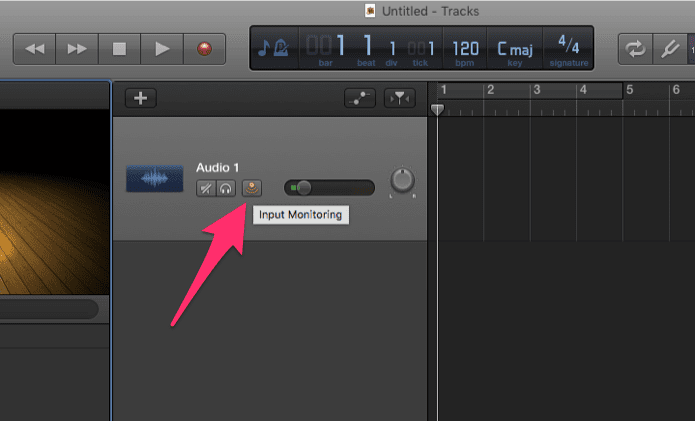
Proceed to your new project and you’ll notice your first track has a lit icon that looks like an upside Wi-Fi signal. That’s live monitoring, enabled. Make sure you have a pair of headphones ready, then try speaking into your mic to test out hearing your own voice.
Was this helpful?
Last updated on 03 February, 2022
The article above may contain affiliate links which help support Guiding Tech. The content remains unbiased and authentic and will never affect our editorial integrity.




